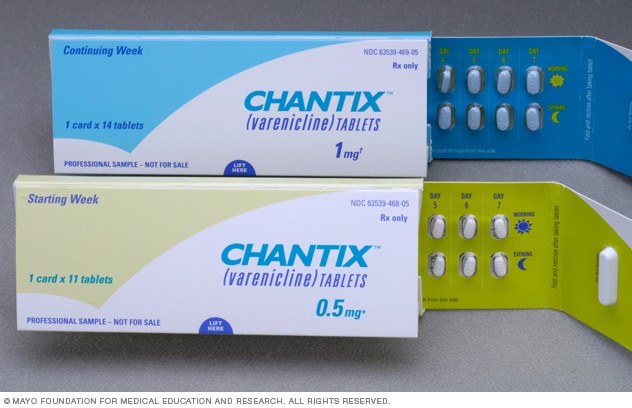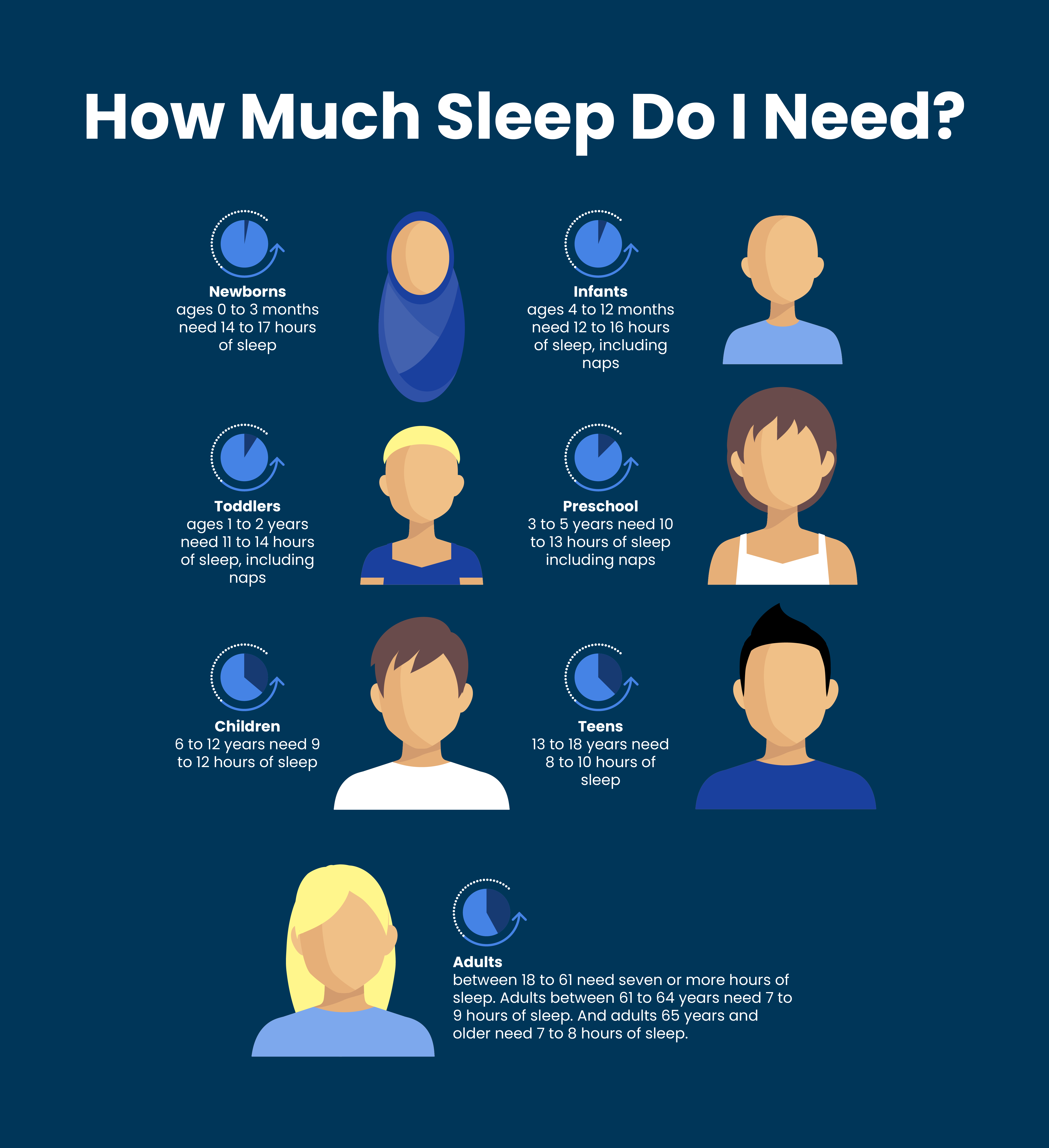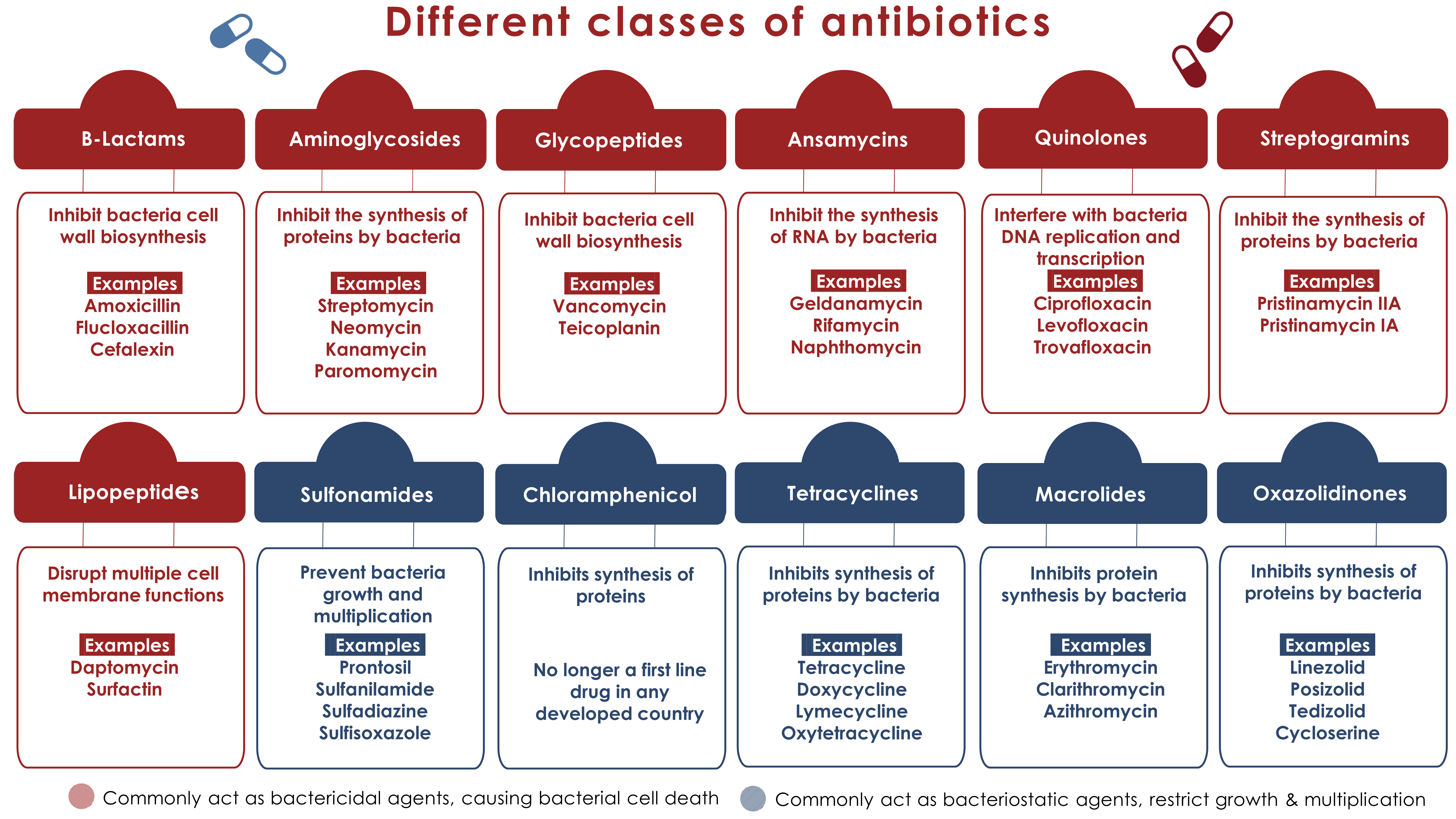Varenicline for vaping cessation is emerging as a powerful tool in the fight against nicotine addiction, particularly among teens and young adults. Recent research from Mass General Brigham indicates that this FDA-approved medication is more than three times as effective in helping young people quit vaping compared to traditional behavioral interventions alone. With an alarming rise in vaping among high schoolers and young adults, this groundbreaking study highlights the urgent need for effective smoking cessation strategies tailored for this demographic. The clinical trial revealed that over half of the participants using varenicline managed to quit, underscoring its potential role in addressing the nicotine addiction crisis. As we continue to tackle the challenges posed by vaping, exploring such innovative treatments is crucial in safeguarding the health of our youth.
Exploring alternatives in nicotine cessation, varenicline has been identified as a significant contender for young individuals seeking to overcome their vaping habits. Known in many circles as a smoking cessation aid, this medication offers a unique approach by targeting the physiological aspects of nicotine dependence. As vaping remains a prevalent challenge, particularly among adolescents and young adults, incorporating varenicline into treatment plans presents a promising strategy for achieving sobriety from vaping. It is essential to recognize the critical role that prescription medications play in combating addiction, particularly in an age group frequently exposed to the dangers of nicotine. By enhancing the methods available for quitting smoking or vaping, we can take a vital step toward protecting the health and future of our younger populations.
The Rise of Vaping Among Teens and Young Adults
In recent years, vaping has gained immense popularity, especially among adolescents and young adults. Statistics show that as of 2023, approximately 25% of individuals aged 18 to 25 reported using vapes, with about 8% of high schoolers engaging in this behavior by 2024. The ease of use and discreet nature of vaping devices have contributed significantly to their appeal, making them a preferred alternative to traditional cigarettes. However, the health risks associated with vaping mirror those of smoking, including nicotine addiction and exposure to dangerous substances such as carcinogens and heavy metals.
The consequences of young people starting to vape can be alarming, as early exposure to nicotine can lead to heightened addiction potential when faced with other drugs later in life, including cocaine. The urgency to address vaping addiction in these demographics has never been more critical. As public health officials and researchers grapple with the implications of this trend, exploring effective cessation strategies is paramount to protect the health and wellbeing of our youth.
Varenicline: A Promising Solution for Quitting Vaping
Varenicline, a medication initially developed for smoking cessation in adults, has shown tremendous potential as a treatment for helping teens and young adults quit vaping. A recent clinical trial conducted by Mass General Brigham highlighted that participants aged 16 to 25 using varenicline had over three times the success rate in quitting compared to those receiving placebo treatments. Specifically, 51% of those taking varenicline discontinued their vaping at the 12-week mark, underscoring its efficacy in treating nicotine addiction.
The study also emphasized the safety profile of varenicline; notably, none of the participants who quit vaping transitioned to smoking traditional cigarettes. This finding is particularly significant in addressing public health concerns regarding the potential shift from vaping to smoking. Varenicline, combined with behavioral counseling and text support services, provides a comprehensive approach to nicotine addiction treatment, encouraging young individuals to reclaim control over their health and addictive behaviors.
Understanding how varenicline facilitates the quitting process involves recognizing its mechanism of action. The medication works by targeting nicotine receptors in the brain, which helps reduce withdrawal symptoms and cravings associated with nicotine addiction. As this treatment is FDA-approved for adult smoking cessation, it stands to play a crucial role in helping youths navigate one of the most challenging aspects of addiction—the quitting process.
The Importance of Behavioral Counseling in Nicotine Cessation
While medications like varenicline are crucial in combating nicotine addiction, they are most effective when combined with behavioral counseling. The recent study indicates that all participants—regardless of the treatment group—benefited from weekly counseling sessions. Behavioral therapy provides individuals with strategies to cope with triggers and cravings while enhancing their motivation to quit. It helps participants understand the psychological aspects of addiction and equips them with the tools to handle stressful situations without resorting to vaping.
In conjunction with pharmacological support, such as varenicline, behavioral counseling represents a holistic approach to smoking and vaping cessation. Counselors can provide personalized plans tailored to individual needs, thereby improving the likelihood of long-term success. This comprehensive methodology not only assists in quitting but also fosters a supportive environment where young people are encouraged to pursue healthier lifestyle choices.
Challenges in Addressing Teen Vaping Trends
The vaping epidemic among teenagers presents significant hurdles for healthcare professionals and public health advocates. Current trends show a steep rise in vaping among young individuals, which complicates public health efforts aimed at tobacco and nicotine use prevention. With vapes being easily accessible and marketed in flavors appealing to younger audiences, education about the risks and available cessation resources becomes essential. A lack of awareness regarding the dangers posed by e-cigarettes, such as nicotine dependence and other health complications, only feeds into the growing issue.
To combat the rise of vaping among teens, stakeholders must collaborate to develop informed strategies designed to engage young people effectively. Schools, parents, and health education initiatives should prioritize discussions around the dangers of vaping and promote cessation resources, including medications like varenicline and behavioral counseling. By working together, we can implement comprehensive public health campaigns that foster an environment where young individuals can be educated about the risks and supported in their journey towards quitting.
The Role of Text Support Services in Cessation
Innovative support systems, such as text-based support services like “This is Quitting,” play a vital role in helping teens and young adults quit vaping. These platforms provide on-demand advice and encouragement, making it easier for individuals to navigate the challenges of nicotine addiction. The integration of technology into cessation strategies can significantly enhance young users’ chances of successfully quitting, as it offers immediate access to support whenever they feel the urge to vape.
In the recent study, all treatment groups had access to this text support service, illustrating its importance in complementing medication and counseling. Behavioral changes become more reachable with the backing of timely guidance and emotional support. As texting and social media become dominant communication platforms for teens, harnessing these tools for health-related interventions can provide an effective avenue for encouraging healthier choices in their daily lives.
Long-term Outcomes of Vaping Cessation: What to Expect
Understanding the long-term outcomes after cessation from vaping, especially using treatment like varenicline, is crucial for both healthcare providers and patients. The findings from the clinical trial showed sustained success for participants, with continued lower rates of vaping six months after the initial treatment phase. This encourages ongoing engagement and follow-up support as individuals learn to maintain their abstinence from nicotine, emphasizing the importance of continued monitoring and support beyond the initial treatment phase.
Moreover, establishing a framework for sustained long-term success can foster a strong foundation for healthier decision-making in the future. As adolescents and young adults navigate adulthood, continuing support groups and access to resources can help prevent relapse into previous smoking or vaping habits. Through understanding the lasting impacts of nicotine addiction treatment and the significance of ongoing support, healthcare systems can better prepare young individuals for a smoke-free future.
The Importance of Research in Vaping Cessation Strategies
As researchers uncover insights into effective vaping cessation strategies, the need for ongoing studies becomes evident. The Mass General Brigham study highlights the critical first step toward understanding how best to assist young people in quitting nicotine. Future research could explore the application of varenicline in even younger populations who are starting to experiment with vaping, offering an early intervention strategy that could save countless adolescents from developing a long-term addiction.
In addition, further investigation into alternative therapies that can complement medications like varenicline could provide a comprehensive approach to addressing the vaping crisis. By evaluating diverse strategies and honing in on what factors contribute most significantly to successful quitting, researchers can inform policy-making, healthcare practices, and educational programs aimed at curbing nicotine dependence among young individuals.
Combating Stigma Around Teen Vaping Addiction
The conversation surrounding teen vaping addiction is often shrouded in misunderstanding and stigma. Young individuals who struggle with nicotine dependence may face judgment from peers and adults alike, which can discourage them from seeking help. It is crucial to foster an open, empathetic dialogue around addiction, recognizing it as a public health issue rather than a moral failing. Addressing this stigma can encourage adolescents and young adults to seek the support they need to quit vaping successfully.
By normalizing discussions around addiction and recovery, we create an environment where young people feel empowered to take steps toward quitting. Education and outreach efforts can work collectively to reframe the narrative about vaping and addiction, emphasizing that they are not alone in this battle. Ensuring access to resources and support systems will be critical in changing perceptions and encouraging healthier lifestyle choices among our youth.
Future Directions for Vaping Cessation Programs
As the landscape of nicotine use continues to change, future cessation programs must evolve to address the unique challenges posed by vaping. Programs should not only focus on cessation but also aim to prevent initiation of vaping among younger demographics. This requires comprehensive educational initiatives that accurately portray the risks associated with nicotine usage while also promoting positive health outcomes and lifestyle choices.
Additionally, incorporating feedback from participants and engaging young people in the development of these programs may enhance their effectiveness. By centering the voices of those most affected, cessation strategies can be more tailored to resonate with young users, increasing their motivation to seek treatment and maintaining their commitment to staying smoke- and vape-free. As we move forward, a multifaceted approach involving education, medication, counseling, and ongoing support is crucial to combat the vaping epidemic.
Frequently Asked Questions
How effective is varenicline for vaping cessation in teens?
Varenicline has been shown to be highly effective for vaping cessation among teens and young adults. A recent study indicated that those who took varenicline were more than three times as likely to successfully quit vaping compared to those receiving only behavioral counseling.
Is varenicline an FDA-approved medication for vaping cessation?
Yes, varenicline is an FDA-approved smoking cessation medication. It has now been shown to be effective for individuals aged 16 to 25 who want to quit vaping, providing a crucial alternative for nicotine addiction treatment.
Can teens use varenicline to quit vaping?
Absolutely! Varenicline is approved for smoking cessation in adults and can also be prescribed to individuals aged 16 to 25 to help quit vaping, making it a suitable option for teens struggling with nicotine addiction.
What does the research say about varenicline and vaping cessation?
Research from a clinical trial revealed that teens and young adults using varenicline had a 51% success rate in quitting vaping after 12 weeks of treatment, far surpassing the 14% success rate of the placebo group.
What are the health risks of teens vaping and how does varenicline help?
Teens vaping can lead to serious health issues, including nicotine addiction and exposure to harmful substances. Varenicline helps by targeting nicotine cravings and withdrawal symptoms, assisting young people in overcoming their dependence on vaping.
How is varenicline administered for vaping cessation treatment?
Varenicline is typically prescribed as a twice-daily pill. In a study, participants also received behavioral counseling and support via a text service to enhance their chances of successfully quitting vaping.
What alternatives are available for younger users struggling to quit vaping?
While varenicline is an effective option, other methods, such as behavioral counseling and support from quitline programs, remain important. However, the evidence indicates that varenicline significantly improves the chances of successfully quitting vaping in young users.
Are there any safety concerns with using varenicline for teens quitting vaping?
According to studies, varenicline is safe for use in teens. Participants did not switch to cigarettes after quitting vaping, indicating that varenicline does not pose additional risks to young users seeking to quit nicotine vaping.
How long does varenicline take to show results in vaping cessation?
Participants in studies reported significant improvements in their ability to quit vaping within 12 weeks of starting varenicline treatment. Follow-up checks indicated a sustained success rate, highlighting its effectiveness in a short timeframe.
Where can I find more information about using varenicline for vaping cessation?
For more information on varenicline as a treatment for vaping cessation, consult with your healthcare provider or visit reputable health organizations’ websites that focus on nicotine addiction and smoking cessation resources.
| Key Points | Details |
|---|---|
| FDA-Approved Treatment | Varenicline is approved for smoking cessation and can help teens and young adults quit vaping. |
| Effectiveness in Young Adults | Participants aged 16-25 taking varenicline had over three times higher success rates at quitting vaping compared to placebo. |
| Study Details | The study included 261 participants in a randomized trial with three groups: varenicline, placebo with counseling, and text support only. |
| Results After 12 Weeks | At 12 weeks, 51% of varenicline users quit vaping compared to 14% for placebo and 6% for text support. |
| Long-term Outcomes | At 24 weeks, 28% of varenicline users remained quit, compared to 7% for placebo and 4% for text support. |
| Safety | No participants turned to cigarettes after quitting vaping, indicating safety of varenicline. |
| Need for Further Research | The study emphasizes the need for continued research on treatment for younger age groups not covered in this study. |
Summary
Varenicline for vaping cessation has been shown to be a highly effective FDA-approved treatment for young individuals seeking to quit vaping. This study demonstrates that teens and young adults who take varenicline are significantly more likely to succeed in quitting than those using alternative methods. This highlights the crucial role of pharmacological intervention in addressing the vaping epidemic among adolescents, and the need for continued support and research in this area.



